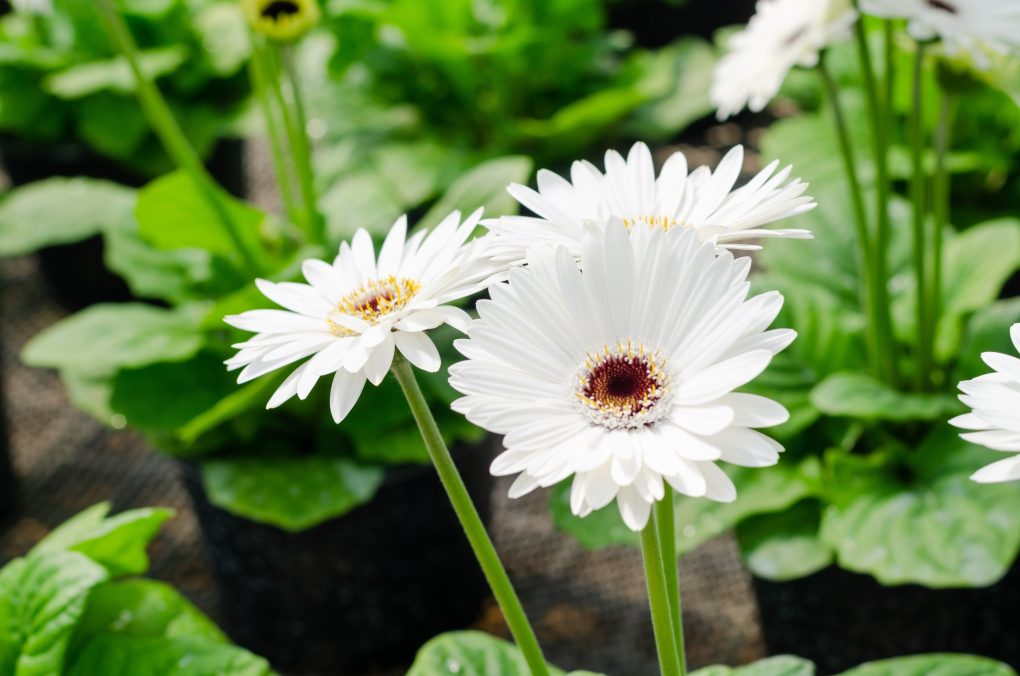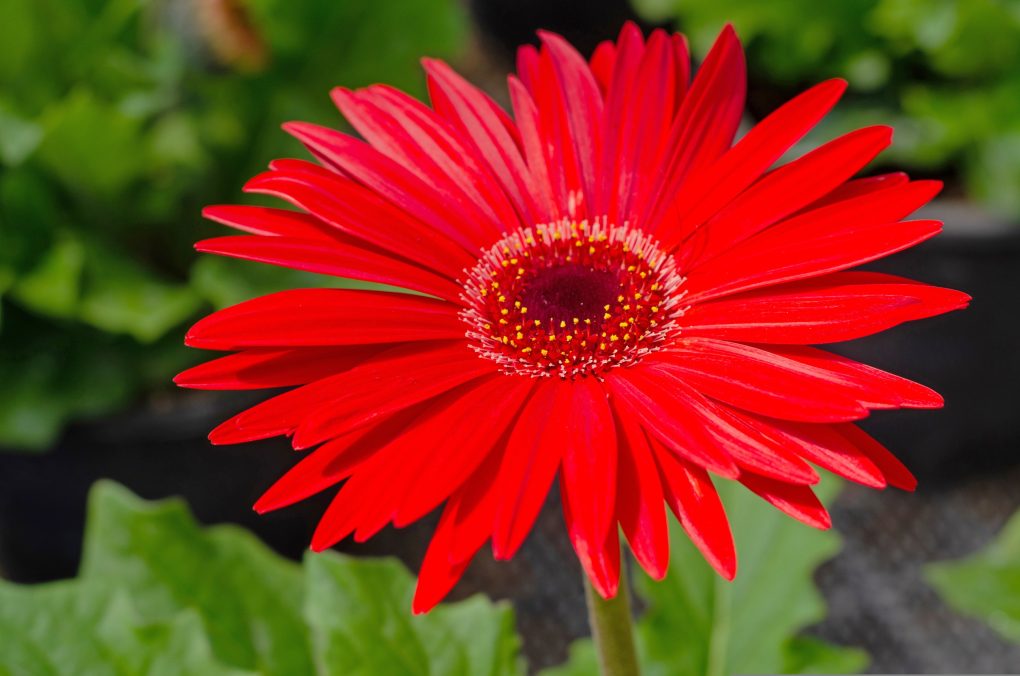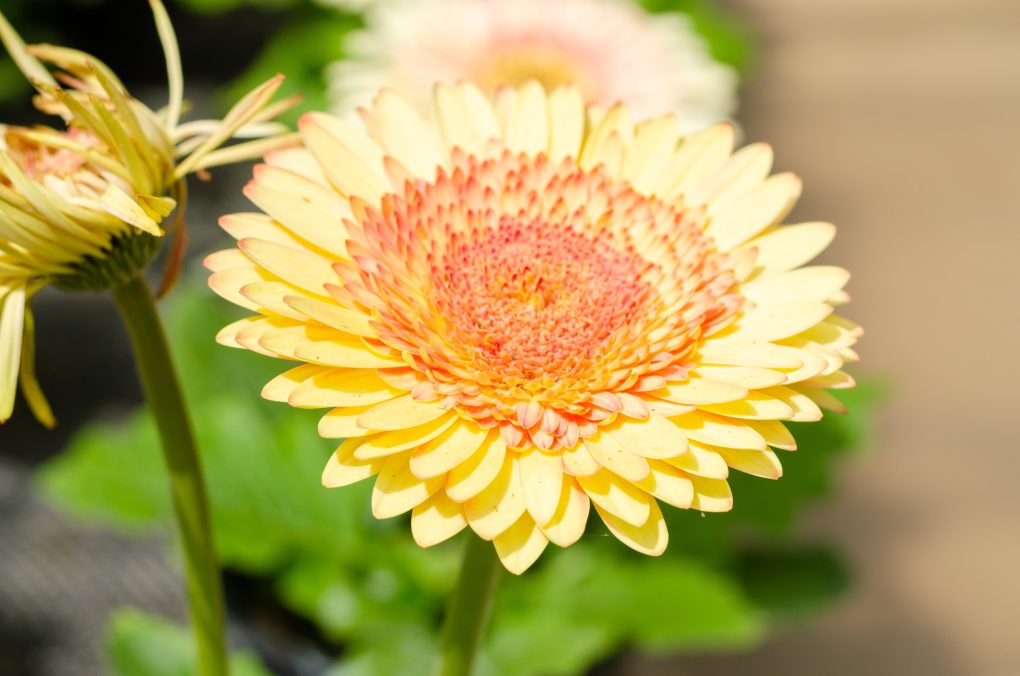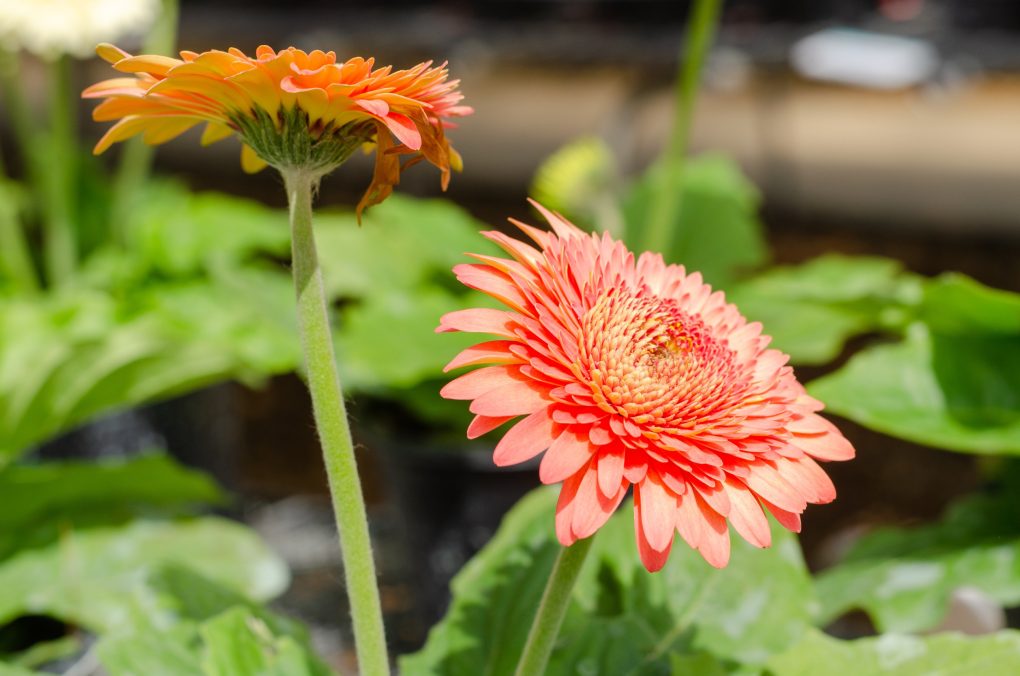Gerbera Daisies: Do They Need Full Sun to Shine?
Gerbera daisies prefer full sun to grow and thrive. These beautiful flowering plants require at least 6-8 hours of direct sunlight daily. Adequate sun exposure promotes vibrant colors, strong stems, and healthy foliage.

However, Gerbera daisies may benefit from partial shade in extremely hot climates or during the hottest parts of the day. Showing will help prevent scorching or wilting due to intense heat, ensuring the plant’s overall health and vitality.
Table of Contents
How Much Sun Do Gerbera Daisies Need?

Gerbera daisies are vibrant and colorful flowers that brighten any garden or indoor space. When it comes to their sun requirements, providing the right amount of sunlight is essential for their growth and blooming. Here’s a breakdown of how much sun gerbera daisies need:
Full Sun Exposure
Gerbera daisies thrive in full sun conditions. Ideally, they should receive at least 6 to 8 hours of direct sunlight daily. Full sun exposure helps these flowers produce abundant blooms and maintain their vibrant colors. If you’re growing gerbera daisies outdoors, choose a location that receives ample sunlight throughout the day.
Partial Sun/Shade Tolerance
While gerbera daisies prefer full sun, they can also tolerate some shade or partial sun. If you live in a region with intense sunlight or high temperatures, providing shade during the hottest part of the day can prevent the flowers from wilting or getting scorched. A few hours of morning or late afternoon sun, combined with some shade during midday, can benefit their overall health.
Indoor Growing Considerations
If you’re growing gerbera daisies indoors, ensure they receive adequate sunlight. Place them near a south-facing window where they can get maximum exposure to natural light. Supplemental fluorescent grow lights can also provide the necessary light intensity, especially during winter when daylight is limited.
Monitoring Sunlight Levels
To determine if your gerbera daisies are receiving enough sunlight, keep an eye on their growth and overall appearance. Healthy gerbera daisies should have sturdy stems, lush green foliage, and abundant blooms. If the stems become leggy, the leaves turn pale or yellowish, or the blooms are scarce, it could be a sign that they need more sunlight.
Avoid overexposing gerbera daisies to intense midday sunlight, which can lead to heat stress or sunburn. Providing shade or relocating them to a spot with diffused light during the hottest part of the day can help maintain their well-being.
The Impact of Inadequate Sunlight on Gerbera Daisies

Insufficient sunlight can significantly affect the growth and overall health of gerbera daisies. These vibrant and colorful flowers require an ample amount of sunlight to thrive. Let’s explore the specific consequences of inadequate sunlight for gerbera daisies:
1. Stunted Growth
Gerbera daisies rely on sunlight to fuel their photosynthesis process, essential for producing energy and nutrients. Without enough sunlight, their growth can be stunted. As a result, the stems may become weak and shorter than usual, resulting in smaller and less robust plants.
2. Reduced Flowering
Insufficient sunlight can also lead to reduced or delayed flowering in gerbera daisies. These flowers need optimal light to form buds and develop vibrant blooms. With adequate sunlight, the flowering process may be improved, resulting in fewer and less colorful flowers.
3. Weakened Immune System
Sunlight plays a vital role in boosting the immune system of gerbera daisies. These flowers develop a stronger defense mechanism against pests, diseases, and fungal infections when exposed to sunlight. However, lacking sunlight weakens their immune system, making them more susceptible to various issues.
4. Leggy Growth
Gerbera daisies grown in low light conditions may exhibit leggy growth, characterized by long, thin stems and sparse foliage. The plant stretches towards the available light source, creating an elongated appearance. This leggy growth affects the plant’s overall aesthetics and compromises its structural integrity.
5. Chlorosis and Pale Foliage
Insufficient sunlight can cause chlorosis, a condition in which the leaves of gerbera daisies turn pale or yellowish. Chlorosis occurs when plants cannot produce enough chlorophyll due to a lack of sunlight. Pale foliage affects the plant’s visual appeal and indicates a lack of essential nutrients.
It is crucial to provide adequate sunlight to ensure the optimal growth and development of gerbera daisies. Positioning these flowers in areas where they can receive at least six hours of direct sunlight daily is ideal. Regularly monitoring their light exposure and making necessary adjustments can help maintain their overall health and vitality.
The Impact of Excessive Sunlight on Gerbera Daisies

Excessive sunlight can have both positive and negative effects on gerbera daisies. While these vibrant flowers thrive in sunny conditions, too much direct sunlight can lead to certain issues. Here’s what you need to know about the effect of excessive sunlight on gerbera daisies:
Sunburned Petals
Gerbera daisy petals are susceptible to sunburn when exposed to intense sunlight for prolonged periods. The petals may become discolored, wilted, or develop brown spots. To prevent sunburn, it is advisable to provide shade or protection during the hottest parts of the day, especially in regions with strong sunlight.
Reduced Flower Longevity
Excessive sunlight can shorten the lifespan of gerbera daisy blooms. When exposed to intense sunlight for extended periods, the flowers may fade more quickly and lose their vibrancy. Providing partial shade or moving potted gerbera daisies to a spot with filtered sunlight can help prolong the duration of their beautiful blooms.
Stunted Growth
While gerbera daisies require sunlight for healthy growth, excessive exposure to direct sunlight can inhibit their development. The intense heat from excessive sunlight can cause stress to the plants, leading to stunted growth and reduced overall size. Therefore, it is recommended to monitor the amount of sunlight received by gerbera daisies and ensure they balance light and shade for optimal growth.
Leaf Burn
The leaves of gerbera daisies can also suffer from sunburn due to excessive sunlight. Leaves exposed to intense sunlight may exhibit signs of scorching, turning brown or yellow, and becoming brittle. Providing a dappled shade or moving the plants to a location with less direct sunlight can help prevent leaf burn and maintain the plant’s overall health.
Tips for Protecting Gerbera Daisies from Excessive Sunlight
To protect your gerbera daisies from the harmful effects of excessive sunlight, consider the following tips:
● Place the plants in an area where they receive morning or late afternoon sunlight while being shielded from the intense midday sun.
● Utilize shade cloth or outdoor umbrellas to provide partial shade during the hottest parts of the day.
● Opt for potted gerbera daisies that can be moved to different locations based on the sunlight intensity and angle.
● Apply a layer of organic mulch around the plants to regulate soil temperature and moisture levels, minimizing the impact of excessive sunlight.
By understanding and managing the amount of sunlight your gerbera daisies receive, you can ensure their well-being and enjoy their stunning blooms for longer.
